Fireweed
- December 22, 2023
- 0 comment
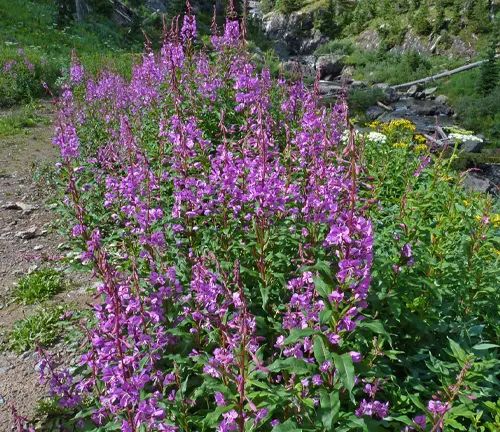
Fireweed, scientifically known as Chamaenerion angustifolium, is a resilient and vibrant flowering plant that holds a special place in both ecological and cultural contexts. Commonly found in North America, Europe, and Asia, fireweed is renowned for its ability to thrive in disturbed ecosystems, particularly in areas recovering from wildfires.
This perennial herb, with its tall, slender stems and striking magenta-colored flowers, adds a burst of color to landscapes that have experienced recent fires. Beyond its aesthetic appeal, fireweed is ecologically significant, playing a crucial role in soil recovery and providing habitat for various insects and birds. Moreover, fireweed has cultural importance, symbolizing renewal and regeneration in the face of adversity.
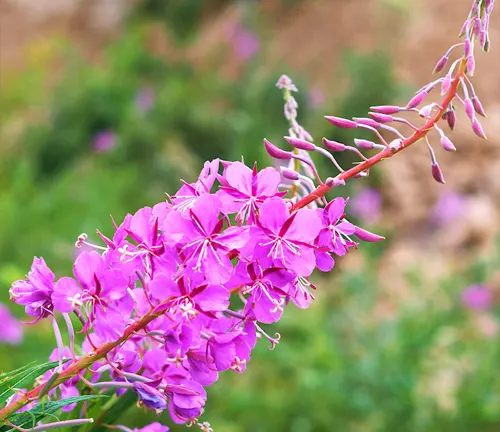
Its versatile nature extends to its culinary uses, as the tender shoots and leaves are edible, offering a unique connection between humans and the natural environment. Whether admired for its ecological resilience, cultural symbolism, or culinary potential, fireweed stands as a testament to nature’s ability to rejuvenate and thrive even in the aftermath of destruction.
| Attribute | Description |
|---|---|
| Scientific Name | Chamaenerion angustifolium |
| Common Name | Fireweed |
| Habitat | Disturbed areas, post-wildfire sites |
| Geographic Range | North America, Europe, Asia |
| Life Cycle | Perennial |
| Stem Characteristics | Tall, slender |
| Flower Color | Magenta |
| Ecological Significance | Soil recovery, habitat for insects and birds |
| Cultural Symbolism | Renewal, regeneration |
| Edibility | Tender shoots and leaves are edible |
| Culinary Uses | Various culinary applications |
| Overall Appearance | Striking appearance with vibrant flowers |
Exploring the Allure of Fireweed
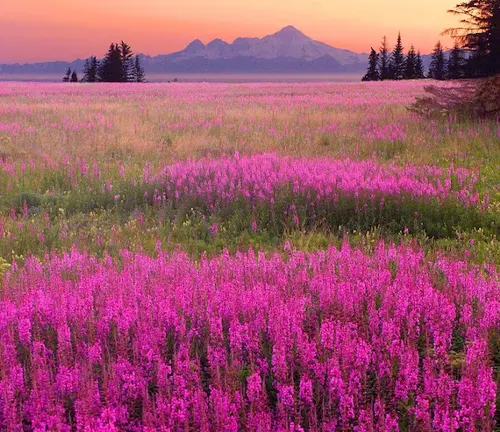
In the heart of disturbed landscapes, the botanical elegance of Fireweed, scientifically known as Chamaenerion angustifolium, unfolds. With its slender stems and captivating magenta flowers, this perennial herb has become a symbol of nature’s resilience and beauty in the face of adversity. Let’s delve into the intricate botanical details that make Fireweed a standout presence in diverse ecosystems.
The Enchanting Aesthetics of Fireweed
As we wander through post-wildfire sites and disturbed woodlands, the enchanting elegance of Fireweed becomes apparent. Its tall, graceful stems adorned with vibrant magenta blossoms create a striking contrast against the backdrop of recovering landscapes. Join us in appreciating the woodland elegance of Fireweed and its role in bringing a touch of natural beauty to areas marked by ecological renewal.

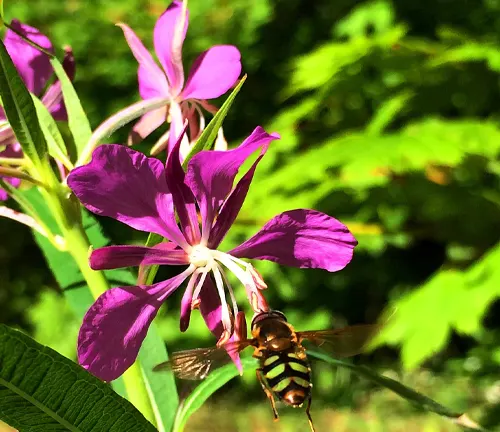
Fireweed as a Guardian of Nature’s Balance
Beyond its visual appeal, Fireweed stands as a crucial player in the ecological symphony. Thriving in disturbed areas, this resilient plant plays a pivotal role in soil recovery and offers a haven for a variety of insects and birds seeking refuge. Explore the ecological importance of Fireweed and its contribution to maintaining the delicate balance of diverse ecosystems.
Nurturing the Flame of Renewal
In gardens and conservation efforts alike, Fireweed finds a place of significance. Discover the nuances of cultivating Fireweed, whether for its aesthetic charm or ecological benefits. Uncover the conservation practices that aim to protect and promote the growth of this botanical gem, ensuring that the flame of renewal continues to burn bright in the natural world.

The Unsung Hero in Erosion Control
One of Fireweed’s remarkable abilities lies in its capacity for soil stabilization. As a pioneer species in disturbed areas, it plays the role of an unsung hero, preventing soil erosion and facilitating the recovery of landscapes. Delve into the mechanisms through which Fireweed contributes to stabilizing the soil, creating a foundation for the regeneration of ecosystems.

From Culinary Delights to Cultural Symbolism
Fireweed transcends its ecological role, finding its way into human practices. Explore the various common uses of Fireweed, from its culinary applications, where tender shoots and leaves are incorporated into unique dishes, to its cultural symbolism as a representation of renewal and regeneration. Witness how this versatile plant bridges the gap between nature and human experience.
Unveiling the Wider Impact of Fireweed
In the grand tapestry of nature, Fireweed’s benefits extend beyond its vibrant blossoms. From supporting wildlife habitats to contributing to soil health, the positive impact of Fireweed ripples through ecosystems. Join us in unraveling the broader benefits of this resilient plant and appreciating its role in fostering a harmonious relationship between nature and humanity.

Unraveling the Intricacies of Fireweed
In the intricate world of flora, Fireweed, scientifically known as Chamaenerion angustifolium, emerges as a biological marvel. From its roots to its vibrant blossoms, explore the biological intricacies that make Fireweed a fascinating subject of study in the realm of botany.
Tracing the Footprints of Fireweed’s Resilience
As we traverse diverse landscapes, the habitat map of Fireweed unfolds, revealing its preference for disturbed areas, particularly those scarred by wildfires. Discover how this resilient plant strategically positions itself in ecosystems, leaving a trail of magenta blooms that symbolize nature’s capacity for renewal and regeneration.

Unlocking the Chemical Secrets of Fireweed
Beyond its visual allure, Fireweed harbors a wealth of chemical components that contribute to its ecological and medicinal significance. Dive into the component chronicles of Fireweed, exploring the compounds that give it unique properties and examining how these constituents interact with the environment and potentially influence human health.
Exploring the Ripple Effects of Fireweed’s Presence
In the intricate dance of ecosystems, Fireweed’s presence comes with its own set of side effects, both positive and nuanced. Investigate the side effect saga of Fireweed, from its role in promoting soil stabilization to its impact on local flora and fauna. Uncover how this seemingly delicate plant exerts a profound influence on the ecological dynamics of its surroundings.
Different Species
Chamerion angustifolium
(Common Fireweed)
Also known as rosebay willowherb, this is the most widely recognized species referred to as fireweed. It is a perennial herb with tall, slender stems and vibrant magenta-colored flowers. Common in disturbed areas, especially after wildfires.
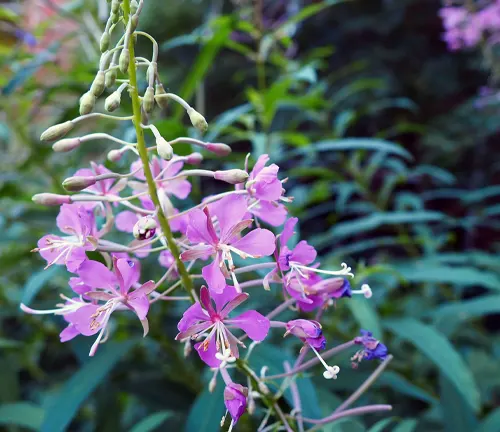
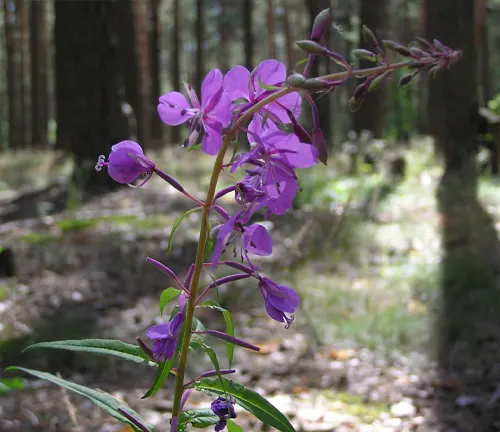
Epilobium angustifolium
(Narrow-leaved Fireweed)
This species is closely related to Chamaenerion angustifolium and is sometimes considered a synonym. It shares similar characteristics, such as narrow leaves and pink-purple flowers, and is found in similar habitats.
Chamerion latifolium
(Dwarf Fireweed)
Found in Arctic and alpine regions, this species is smaller in stature compared to common fireweed. It has broader leaves and pink to lavender flowers. It thrives in colder environments and is adapted to alpine and tundra habitats.
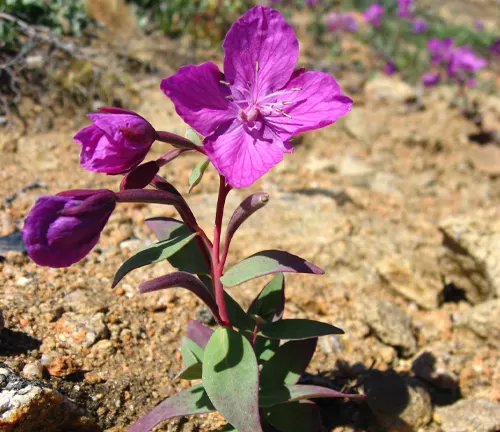
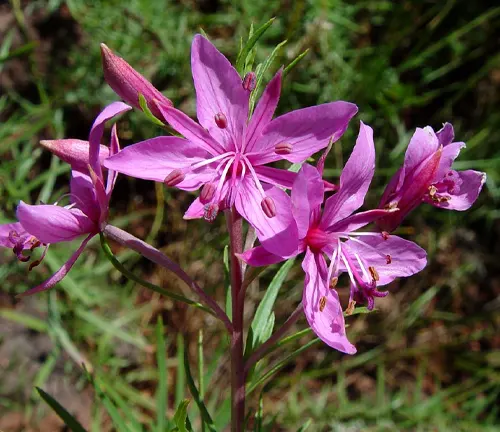
Chamerion dodonaei
(Dodon’s Fireweed)
Native to parts of Europe and Asia, this species is similar in appearance to common fireweed but may have slightly different ecological preferences.
Frequently Asked Questions (FAQs)
1. What is Fireweed?
Fireweed, scientifically known as Chamaenerion angustifolium, is a resilient flowering plant known for its striking magenta-colored flowers. It is commonly found in areas that have been disturbed, particularly after wildfires.
2. Where is Fireweed typically found?
Fireweed is distributed widely and can be found in North America, Europe, and Asia. It thrives in disturbed areas, especially those that have experienced wildfires.
3. Why is it called Fireweed?
The name “Fireweed” is derived from the plant’s tendency to colonize areas that have been recently disturbed by fire. It is often one of the first plants to appear in these environments.
4. What are the ecological benefits of Fireweed?
Fireweed plays a crucial role in ecological succession by aiding in soil recovery and providing habitat for insects and birds. Its presence can contribute to the overall regeneration of ecosystems.
5. Can I cultivate Fireweed in my garden?
Yes, Fireweed can be cultivated in gardens, especially in areas with well-drained soil and plenty of sunlight. It adds aesthetic appeal and can serve as a reminder of nature’s resilience.
6. Is Fireweed edible?
Yes, certain parts of Fireweed, such as the tender shoots and leaves, are edible. They can be used in various culinary applications, adding a unique and nutritious element to dishes.
7. What is the cultural significance of Fireweed?
Fireweed is often seen as a symbol of renewal and regeneration, particularly in cultures where wildfires are a natural part of the ecosystem. It represents the beauty that emerges from adversity.
8. Are there different species of Fireweed?
While Chamaenerion angustifolium is the most commonly recognized species as Fireweed, there are related species, such as Epilobium angustifolium and Chamerion latifolium, which may share similar characteristics.
9. How does Fireweed contribute to soil stabilization?
Fireweed is a pioneer species that helps stabilize soil in disturbed areas. Its extensive root system aids in preventing erosion, and the plant’s presence contributes to the overall health of the soil.
10. Are there any medicinal uses of Fireweed?
Some traditional medicinal practices involve using Fireweed for various ailments. However, it’s essential to exercise caution and consult with a knowledgeable herbalist or healthcare professional before using it for medicinal purposes.





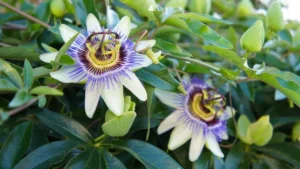

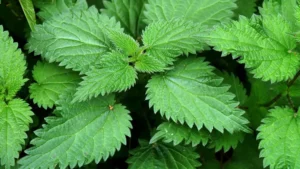

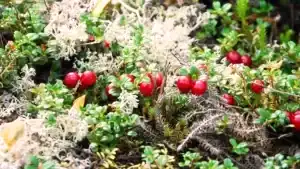
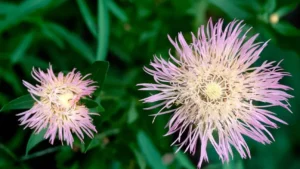
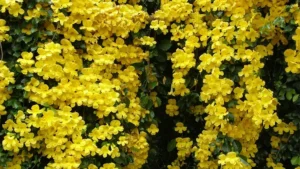

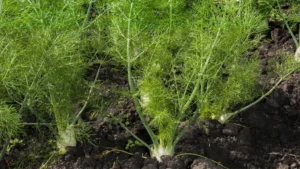
Leave your comment